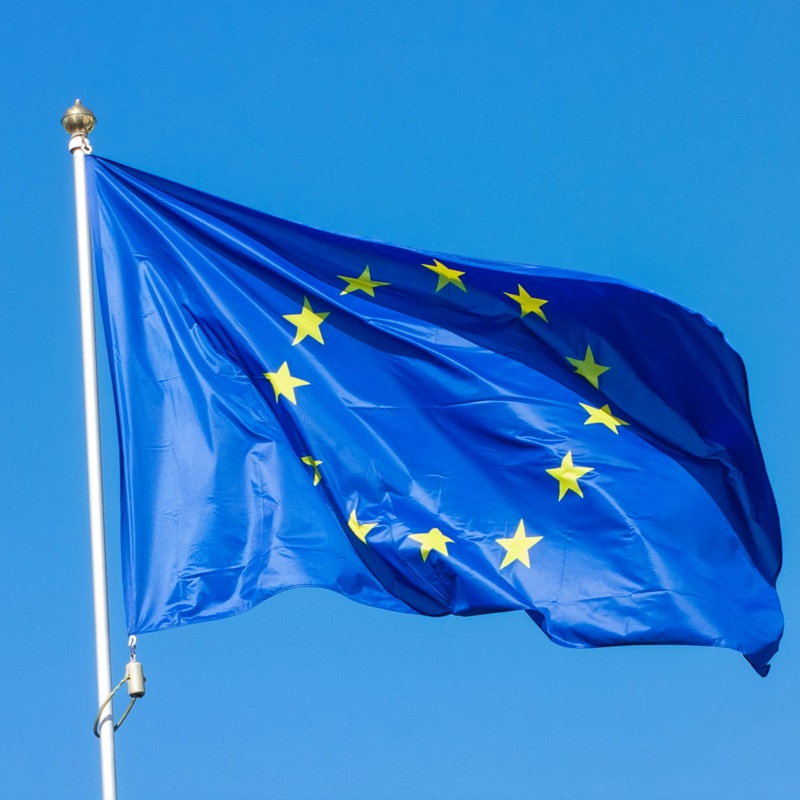Understanding The New EU Product Liability Directive
Understanding The New EU Product Liability Directive
Understanding The New EU Product Liability Directive
Although the UK is no longer part of the European Union, as our largest trading partner, its laws can still have considerable impact on UK businesses. The latest one SMEs especially need to understand is the new Product Liability Directive (the Directive), which EU States will begin implementing in December 2024 and will come into force for all EU countries by 9th December 2026.
The Directive will create a consumer-friendly regime that will affect manufacturers, developers, and insurers. Importantly, the Directive extends the definition of product to include digital manufacturing files and software.
The European Parliament made the following comments on the Directive’s aims:
“The proposal aimed to bring the EU’s product liability regime up to speed with the digital age and the need to ease the burden of proof for consumers seeking compensation for damages suffered because of defective products. The PLD introduces the concept of no fault-based liability of producers for damage caused by defective products.”
What are the key elements of the EU Product Liability Directive?
No fault liability
People will be able to claim on a strict liability basis. This means the Claimant only needs to show:
- The product was defective,
- They suffered damage, and
- There is a causal link between the damage and the product’s defectiveness.
In certain cases, there will be no need to prove fault or negligence on the manufacturer’s part.
Digital products
The term ‘products’ now includes digital manufacturing files and software. Fulfilment service providers and online platforms will be liable for defective products whose sale they support, for example, by storing, packaging, transporting, or enabling consumer distance sales contracts.
Who can be liable?
The term ‘producers’ has been replaced by ‘economic operators’. Any of the following could be liable to pay damages to a Claimant:
- The “manufacturer” defined as “…any natural or legal person who (a) develops, manufactures or produces a product; or b) has a product designed or manufactured, or who, by putting its name, trademark or other distinguishing features on that product, presents itself as its manufacturer; or c) develops, manufactures or produces a product for its own use…”
- The manufacturer of a defective component if that component was incorporated into, or inter-connected with a product that the manufacturer controlled and the component or installing of the component caused the defect.
- Anyone who, outside the manufacturer’s control, markedly modifies a product.
- Any provider of an online platform that is not an economic operator that lets consumers conclude distance contracts with manufacturers.
Injury caused by a product imported from outside the EU
The scope of people or companies who may be liable if a consumer is injured by a defective product has greatly increased under the Directive. It can include the importer, the manufacturer’s authorised representative in the EU, the distributer, anyone who substantially alters the product, and even the online platform provider from where the product was purchased. This increases the risk for not only the aforementioned, but also insurers. Anyone involved in manufacturing, selling, or insuring products being sold into the EU must understand their potential liability under the Directive and take steps to mitigate their risk.
Presumption of a defect
The definition of defect is mostly unchanged from the previous Directive. However, when it comes to the presumption of a defect, Article 10 states:
“…Member States shall ensure that a claimant is required to prove the defectiveness of the product, the damage suffered and the causal link between the defectiveness and the damage…” However, that causal link between the defectiveness of the product and the damage will be presumed where it has been established that the product is defective and the damage caused “is of a kind typically consistent with the defect in question…”
A presumption of a defect will also be made if:
- The Defendant does not disclose relevant evidence to a Claimant who “is claiming compensation in proceedings before a national court for damage caused by a defective product and the claimant has presented facts and evidence sufficient to support the plausibility of the claim for compensation…”
- The Claimant can show the product does not meet mandatory safety requirements set out in EU or domestic law that were deliberately designed to protect people from the damage suffered by the Claimant.
- The product fails when used in its intended and/or ordinary way.
Disclosure will also be more stringent because a Court can presume that a product caused the Claimant damage if the Claimant “faces excessive difficulties in particular due to technical or scientific complexity to be able to prove the defectiveness of the product or the causal link between its defectiveness and the damage or both…”
Under the Directive, the Claimant only needs to show “that it is likely that the product is defective or that there is a causal link between the defect and the damage or both”.
The burden the above places on the Defendant cannot be overstated. If it is difficult for the Claimant to prove defectiveness and/or causation, as long as they can show that it is likely that the product was defective and there is a causal link between the defect and the damage, the Court can find the Defendant liable. This will especially impact manufacturers and providers of AI systems, including where the manufacturer provides software updates and the capability of the system to undertake machine learning.
Wrapping up
The impact of the new EU Product Liability Directive on UK SMEs selling and/or distributing to the EU will be significant, especially when taking into account the new EU Regulation on General Product Safety 2023/988. If you are trading in the EU, it is crucial that you undertake a comprehensive risk assessment, including your current insurance cover, to ensure you can mitigate your liability risk.
To find out more about how our Virtual In-House Legal Counsel can assist you with risk management policies and procedures, please email us at please email us at info@43legal.com or phone 0121 249 2400.
The content of this article is for general information only. It is not, and should not be taken as, legal advice. If you require any further information in relation to this article, please contact 43Legal.











